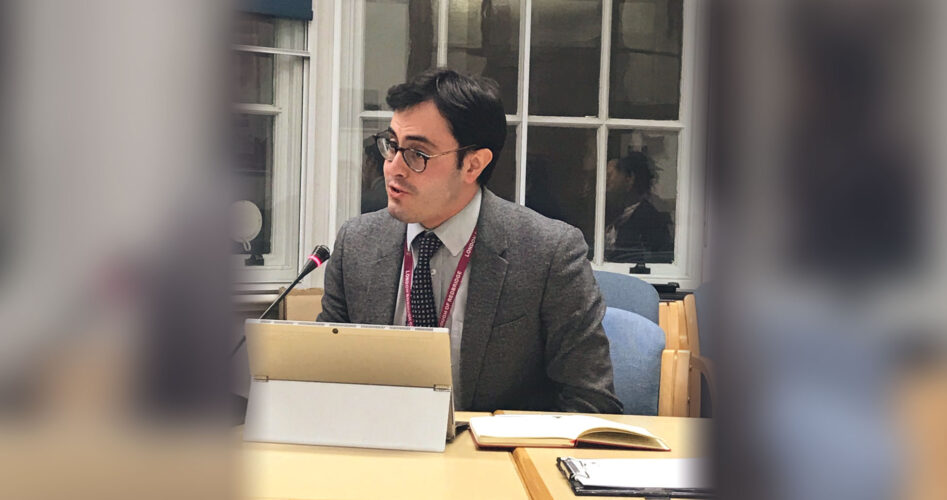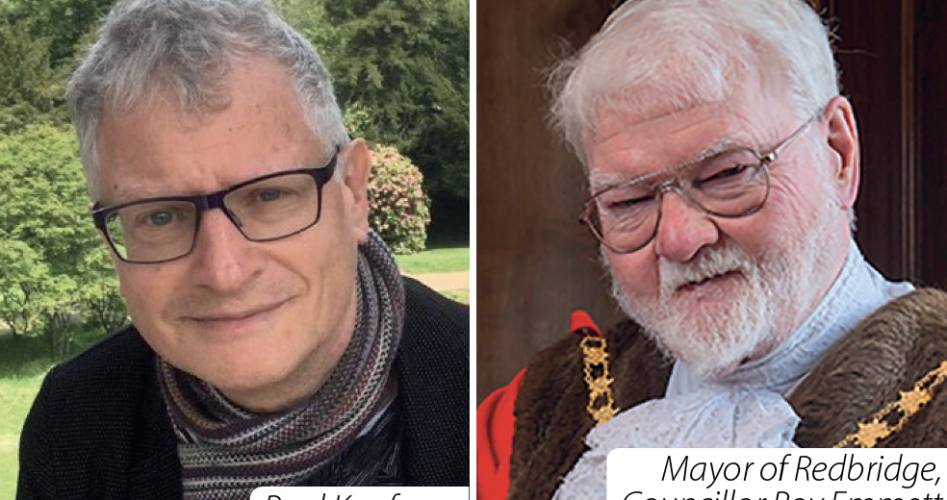After some initial setbacks, Redbridge Council’s expansion and improvement plans for Wanstead Leisure Centre are now progressing nicely, says Councillor Sheila Bain (Wanstead Park, Labour)
Redbridge Council’s exciting and ambitious expansion plans for Wanstead Leisure Centre – which include providing a new swimming pool and major improvements to Wanstead High School – are progressing nicely. Construction is due to begin this summer, with anticipated completion in late 2022.
There had been some initial setbacks with the project, including around providing temporary classrooms for the school ahead of the demolition of old school buildings. The procurement and appointment of the main contractor and, clearly, the impact of the pandemic, have also presented us with challenges. But with the contract awarded and the school now occupying new temporary classrooms, it’s all systems go with the building works so as to open the pool toward the end of next year.
The major improvements to Wanstead High School will include a new three-storey teaching block. This will provide up-to-date school accommodation, and this investment will go a long way to ensure Redbridge can continue to deliver first-class education to our young people.
Adjoining the new teaching block will be the new 25m swimming pool, changing facilities, dance studio and an impressive new entrance on Redbridge Lane West.
The pool will be operated by the council’s leisure provider, Vision. It will be open to the public every day and will offer a variety of activities, including aqua aerobics, swimming lessons and open swimming; in other words, something for all ages to enjoy. Even the changing room facilities will be state of the art, with different size cubicles, larger family and group changing areas, easy stairs into the pool and a ‘pool pod’ accessible lift, as used in the London Paralympics, ensuring everyone is able to use the new pool.
The scheme has been designed to ensure the highest levels of sustainability and green credentials. It will meet a BREEAM (Building Research Establishment Environmental Assessment Method) rating of ‘excellent’, putting it in the top 10 of new, UK non-domestic buildings, as well as meeting best practice standards within the UK.
This will be the third pool to be provided in Redbridge since 2014, when we had been left with just one public swimming pool, demonstrating this council’s commitment to invest for our residents across the borough, while we tackle the continued impact of government austerity. Our leisure facilities provide all age groups with access to exercise opportunities and bring communities together. The new pool will give more people an opportunity to learn and use this important life skill and will be a brilliant new addition to the leisure facilities in Wanstead.
Councillor Sheila Bain is Cabinet Member for Planning and Planning Enforcement. Email sheila.bain@redbridge.gov.uk





